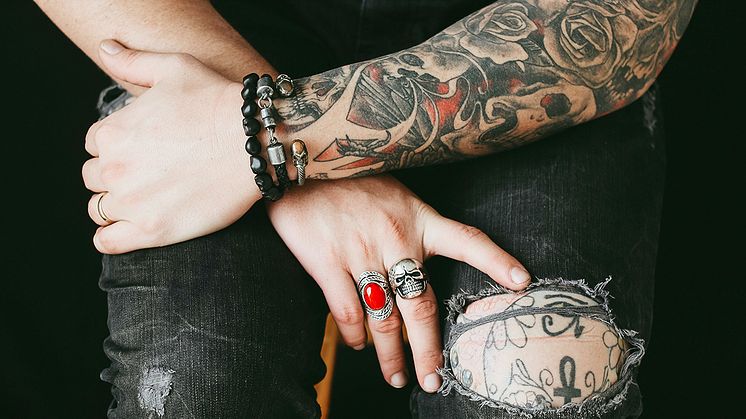
Blog post -
Remove unwanted tattoo with Picolaser Tattoo Removal
Tattoos have been around for a long time, and their significance has evolved from being heritage and cultural symbols to beautiful art pieces.
These days, tattoos are a common sight with wider general acceptance among society. But have you ever wondered about the origins of it?
History & Origins of Tattoos
In 1991, a pair of hikers stumbled upon a frozen corpse in the Ötztal Alps which turned out to be a historical discovery. It was a well-preserved mummy that later came to be known as Ötzi the Iceman, Europe’s oldest natural human mummy. He was thought to have died between 3350 and 3100 B.C. and on his body were soot tattoos in the form of black lines and dots.
Slaves and criminals in ancient Greece and Rome were also marked with tattoos to help with identification in the event of an escape. It is also said that the Roman Emperor Caligula would have members of his court tattooed for his amusement.

In 1891, Samuel O’Reilly was granted a patent for his invention – the first electric tattooing machine. The design was based on a Thomas Edison autographic printing pen. Although not much is known as to when he first became a tattoo artist, the principle on which his invention operates is still in use today.
Picolaser Tattoo Removal
During ancient times, some of the typical tattoo removal methods included mixing potent vinegar with scum on the bottom of the chamber pot and, sometimes, pigeon faeces, and applied as a form of bandage over the areas to be treated. Dried beetle mixed as powder with sulphur, wax and oil was also used as a tattoo removal formula.
Today, laser tattoo removal is the most effective method. Picolaser Tattoo Removal is an advanced laser technology that delivers extremely short pulses of energy (pulse duration is less than one nanosecond) to break up tattoo pigments.
The ultrashort pulses and the wavelengths work simultaneously to disintegrate the ink particles while reducing the heat delivered to the skin.
As a result, the laser energy penetrates deep into the targeted skin area without causing damage to the skin surface. This also translates to a faster recovery for the patient.
Tattoos will fade over several sessions as the ink breaks up and disperses. Your body will naturally and safely eliminate these ink particles through the immune system.
The number of sessions required will depend on many factors, such as your body’s ability to eliminate ink from the skin, ink colour, depth of the pigment, and type of ink the tattooist uses.
In general, tattoo removal will require a minimum of 5 to 10 sessions. During the consultation, our doctor will assess your tattoo and advise accordingly.
In Singapore, the Ministry of Health tightly regulates treatment such as lasers. Only registered and certified medical doctors with adequate training can perform the treatment.
Dr Ivan Puah, medical director of Amaris B. Clinic, obtained a Graduate Diploma in Family Dermatology from NUS. He has over 17 years of clinical experience treating various skin conditions such as tattoos, hyperpigmentation, acne scars, etc.
If you have tried various methods to remove your tattoo but are not achieving the result you yearn for, we welcome you to call us and schedule a consultation with Dr Ivan Puah to understand how Picolaser Tattoo Removal can address your concerns.

